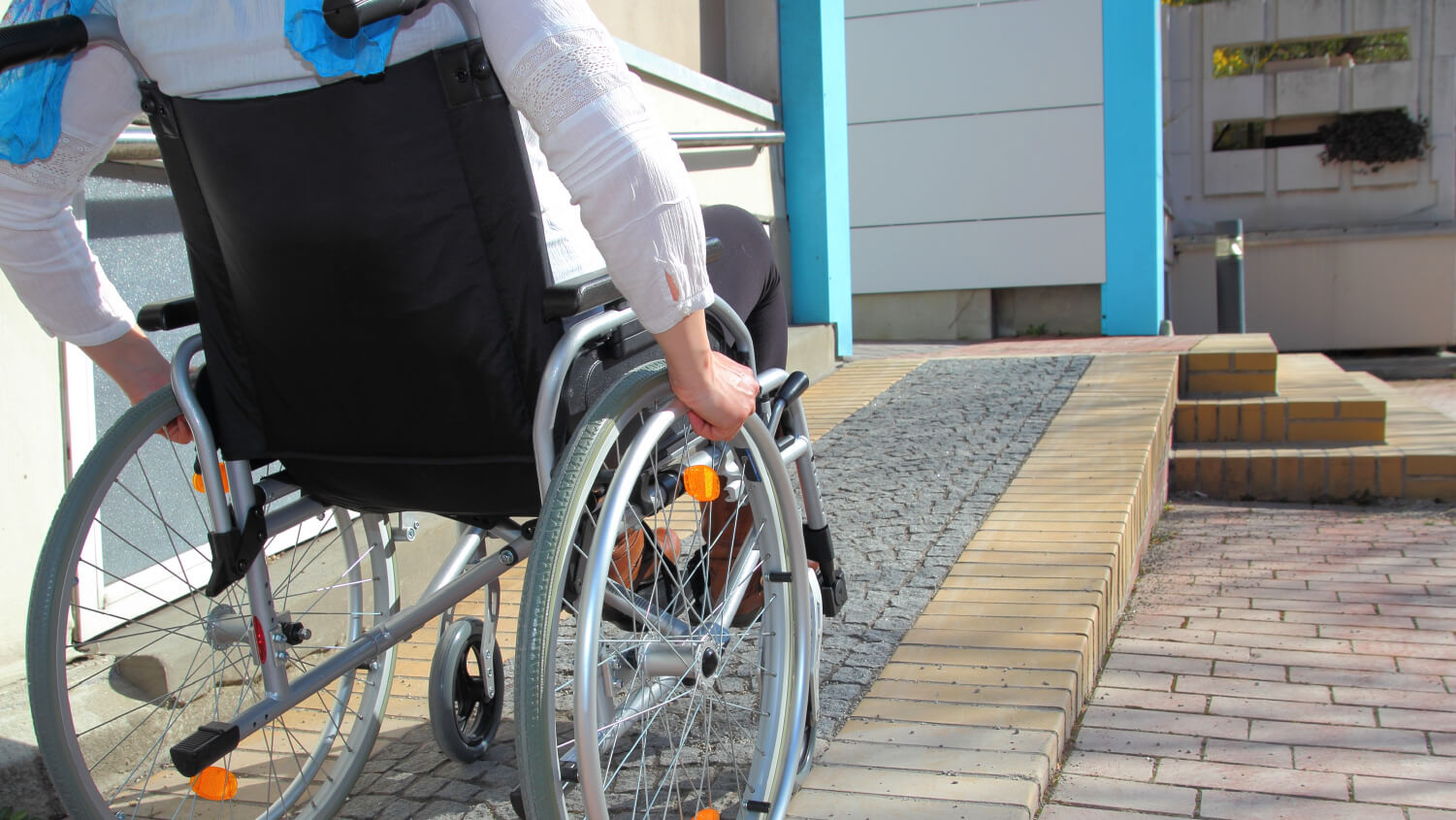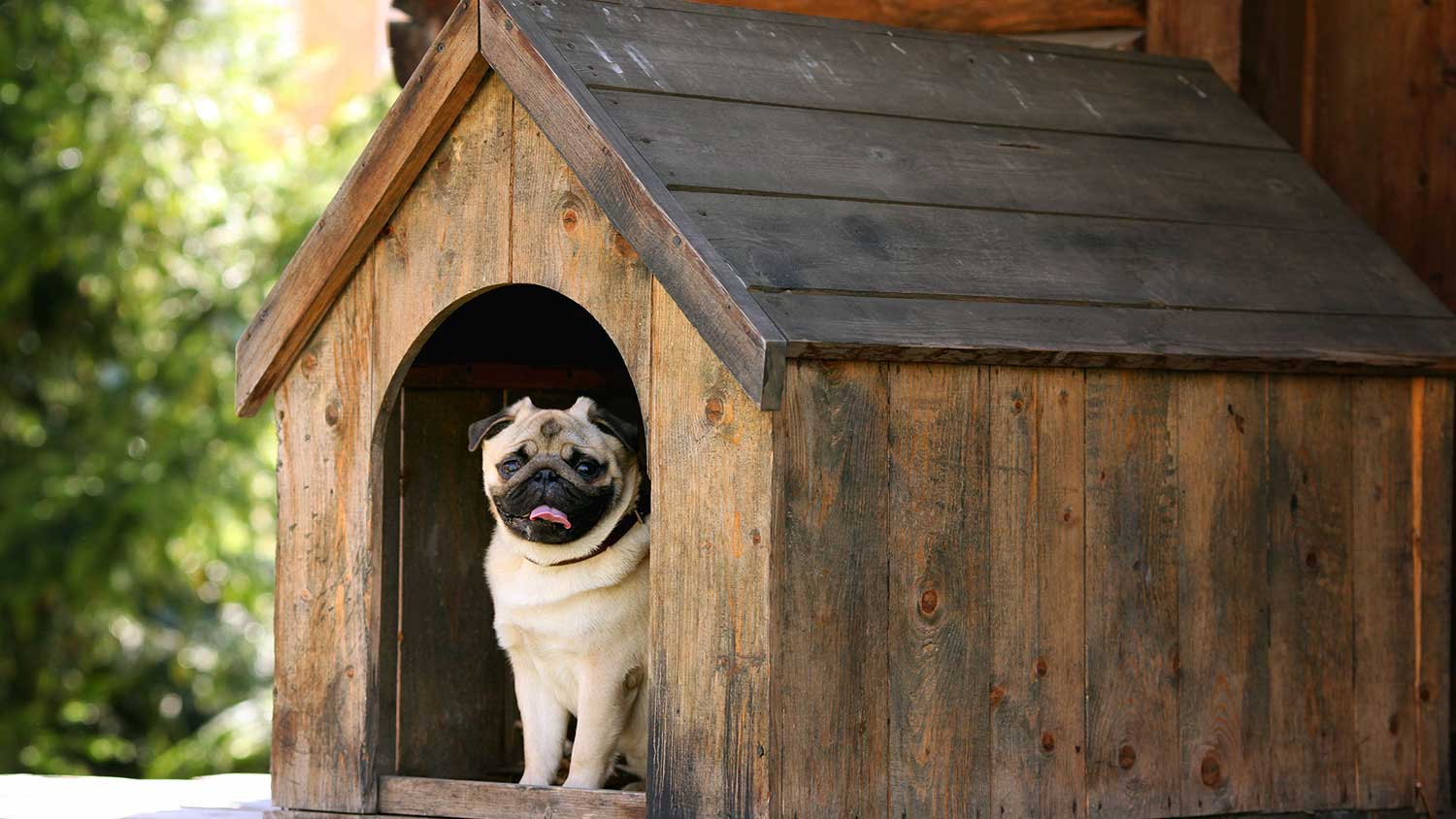
Wondering about the cost to hire a handyman? Discover prices, key cost factors, and money-saving tips to help you plan your next home project.
What to do when things go off the rails—literally


Sliding closet doors are wonderful space-savers, allowing you to throw open your closet door to see your shoe collection without requiring the additional floor space. But excess dirt on worn-down nails can suddenly make your routine a major pain. A closet door falling off its track is not an uncommon door problem, and simple to fix yourself. Get your closet door rolling effortlessly again with this guide to fixing a closet door that’s jumped off its track.
Before you start removing the hardware from your closet door and get it off its track, take a step back and assess the situation to troubleshoot the problem. Does one side of the closet door look higher than the other? You may need to tighten some screws to get the door back into its original place. If you’ve had new flooring installed, try raising the rollers so they don’t rub against the ground. While you’ll still need to remove the door and place it back on track, it’s important to understand the root cause of the problem so the door doesn’t come off track again.
Once you have determined the root problem, you should remove everything from the closet so you have ample space to work. This will also prevent accidents—when there are toys, shoes, or other objects around, you could trip over them. It is also advised to move any nearby furniture outside of the closet.
If you are preparing to fix a pocket door, you will need to remove one or both of the wood panels that disguise the door’s track. This task is different from removing the guide, which we detail in the steps below; the panels are solely decorative, but you’ll need to remove them to gain access to the roller wheels and other hardware. You can remove them by taking out the screws.
Inspect all the screws on your sliding door’s hardware to ensure none have come loose. Tighten as needed. If any of the screws look old or worse-for-wear, replace them.
Have you recently had new flooring installed? Your closet door may have come off its tracks due to the friction of rubbing against the new flooring. There are screws on the back of the door that adjust the height of the rollers; turn them to the right to raise the rollers so the door can move freely without scraping the floor. For pocket doors, you should use a wrench to tighten any nuts that have come loose, which are likely causing one side of the door to drop closer to the ground.

The closet door’s hardware setup varies by type. Sliding bypass doors hang off rollers in the top jamb of the door’s frame, with a hinged guide on the floor that holds the door in its place. Pocket doors usually have guides where the door “folds” into the wall. Bifold doors, which create an accordion-fold look, typically have guides that pivot on pins. The pins are placed in both the top and the bottom of a door panel, with the guide located on the opposite top corner of the second panel. This guide sits on a track to stop this panel from swinging in or out.
Once you find the guide in your closet door, remove the screws in the guide, and then the guide itself so you can easily remove the door for further inspection and repair.
Now that you’ve dismantled the hardware keeping the door in place, it’s time to remove the door. Place a large blanket or rug on the floor nearby where the door can lie while you continue the repair. Lift the door off its track by lifting it up at a 30-degree angle, raising the wheels out of the track with the bottom closest to you. Then, gingerly place it on the rug or blanket while you troubleshoot the situation.
The solution for the off-track door could be as simple as a quick cleaning session. Dirt and debris trapped in the closet track can build up and cause the door to become off-kilter, with stuck objects throwing it off its track.
Grab a toothbrush or other small brush and scrub out any caked-on grime. Then vacuum the area to clean it up. Finish by spraying the track with WD-40 or a silicone lubricant. It’s a good idea to repeat this task seasonally to prevent build-up.
With the door off the track, you can give it a once-over to see if there’s anything amiss. Look for any bends in the track that could be causing the door to slide uneasily and ultimately allow it to jump off the track.
If you notice a bend, place a piece of wood inside the track and use a mallet to tap it back into alignment while standing on the piece of wood to keep it steady. If this doesn’t work because the bend is too extreme, consult a closet maker or installation professional; you may need to replace the track entirely.
Remove any tack nails on the bottom of the door with a hammer. Now you can use sandpaper to sand the bottom of the door, which should remove the tension between the door and the track that’s preventing it from moving properly. You can also attach a strip of wood to the bottom of the door to ensure that it’s level.
If your roller wheels have flat spots, the doors will stick in the track. Replace any roller wheels that appear damaged or worn down.

Next, put the door back in as you took it out. For a bypass door, hold it at a 30-degree angle, with the bottom closest to you, and push the top roller into the top track. Straighten the door and then pull it down slightly to hook the door into the track.
Return all hardware to the guides to secure the door back into place. With a bifold door, you’ll need to place the door’s pivot pin into the top-right bracket, and then lift the door slightly to lower the bottom pin into its bracket.
After you rehang the door, it’s important to test it to confirm it is working as it should—slide the door back and forth and check for smooth movement. You should also listen for any unusual noises, which could indicate misalignment. If the door is sticky, you might need to adjust the rollers or the tracks.
You can likely fix off-kilter closet doors without any professional assistance, but if you have a very heavy door—made of solid wood or glass—it’s a good idea to call a local handyperson or a professional closet design company. The weight of the door can make removing and replacing it too risky, so consult a local closet pro for expert assistance. The cost to fix a door averages around $200.
Excellent on time service for a leaking water heater. I would gladly use One Source for any remediation project.
I recently hired Start to Finish for some home repairs, and I couldn't be more impressed with the service! From start to finish (no pun intended), the experience was seamless. Andrew was punctual, professional, and extremely knowledgeable. He took the time to explain everything he was doing,...
Excellent service, very professional . I recommend them.
Awesome customer service! He is truly a gentleman, he always calls back to check on the service, and always thanks you for allowing him to provide his service. He also has excellent helpers who help maintain his great reputation.
From average costs to expert advice, get all the answers you need to get your job done.

Wondering about the cost to hire a handyman? Discover prices, key cost factors, and money-saving tips to help you plan your next home project.

Wondering about the cost to hire a handyman? Discover prices, key cost factors, and money-saving tips to help you plan your next home project.

Discover wheelchair ramp cost estimates, including installation, materials, and tips to save. Learn what impacts your price and how to budget for your project.

Discover the cost to build a dog house. Learn about materials, labor, and ways to save on your custom or prefab dog house project.

Hanging a picture on a brick wall is a job that you can safely do yourself, as long as you follow the proper steps and have the right tools.

Unmounting a TV is much easier than mounting it. Grab your screwdriver and a friend and follow these steps to learn how to take a TV off a wall mount.